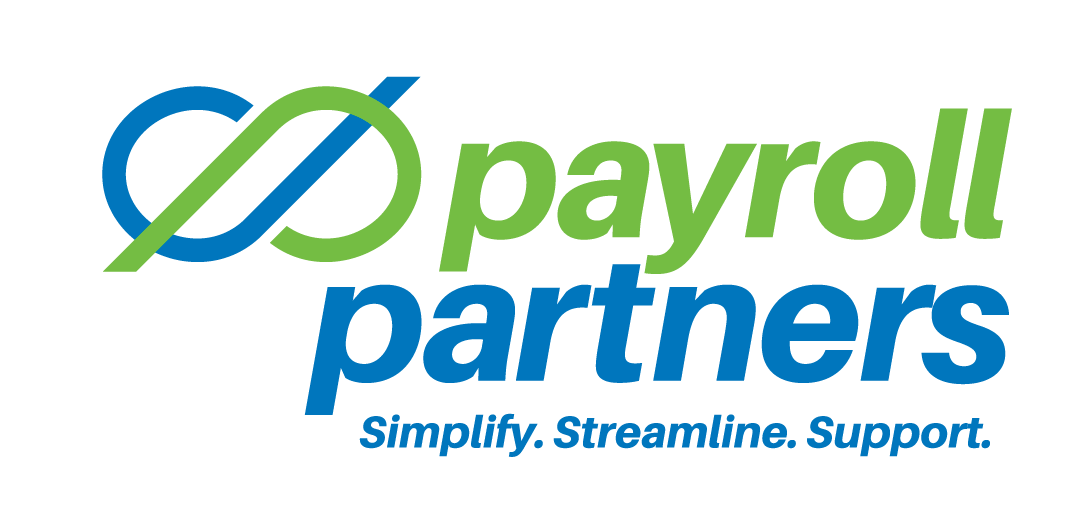18 Jul 5 Easy Ways to Improve Payroll Automation
Did you know that 67% of the annual revenue of the U.S. Treasury comes in through the federal payroll withholding system? That’s approximately $2.2 trillion of payroll withholding that payroll professionals are responsible for accurately calculating, collecting, reporting and depositing.
Here are several not-so-fun payroll statistics for employers:
● 33% of employers make payroll errors, according to the IRS.
● In companies that still use traditional timecards, the American Payroll Association reports payroll error rates of 1-8%.
● About 40% of small businesses incur an IRS penalty as a result of payroll errors, costing each business an average of $845 per year.
The right technology can help your business avoid costly payroll miscalculations and penalties. So, in honor of hardworking payroll professionals everywhere, let’s examine a few core principles for achieving greater success (and less stress) by selecting the right payroll solution for your business.
1. Eliminate Paper from Your Payroll and HR Processes
Many small businesses still use manual methods for some HR processes, including payroll. When you’re reviewing what works and what doesn’t work in your existing payroll process, look for any areas that might still include manual, paper-based record keeping. Paper records expose your company to increased risk of payroll errors due to missing records, manual calculations and data entry errors. Some places to make sure that paper-associated errors aren’t creeping into your payroll include: paper timecards, manual vacation and sick leave tracking, and payroll records storage.
2. Simplify with a Single Vendor for Payroll and HCM
Because any type of manual data re-entry is prone to errors, you’ll want to automate the delivery of as much employee information to your payroll system as possible. The simplest way to achieve full integration of information from your Human Capital Management (HCM) system and your payroll system is to use solutions from the same vendor. This ensures the smooth flow of HCM information about benefits elections, paid time off, and attendance back into the payroll system.
3. Ensure Compliance by Automating Filing and Reporting
Payroll withholding rules and regulations change every year. It’s impossible for one or several individuals to keep track of the many changes coming out of federal, state and local taxing jurisdictions. Withholding calculations are complex, and there are too many filing deadlines to track. An automated payroll solution will help you ensure that payroll deductions and taxes are calculated correctly, tax deposits are made, and reporting is completed on time.
4. Give Employees Easy Access to Their Payroll Records
According to the 2016 “Getting Paid in America” survey by the American Payroll Association, 88% of employees can access their pay and benefits information online, through a self-service portal provided by their employer. If you’re considering a new payroll solution, it must include this functionality. Not only have employees come to expect self service, it also helps to reduce questions coming into HR.
5. Switch to a New Payroll Solution
Although some payroll professionals prefer to change payroll systems in January, a switch can be made at any time to a new payroll provider. They can deal with this year’s end of year taxes and make sure this year’s totals are brought over safely and securely. If your company is contemplating a change, now is the time to make your move. You have time to evaluate solutions, set up a new system, train employees and get started.
Start Now for a Smoother Payroll Process in 2018 and Beyond.
Payroll Partners’ payroll and tax management solution can handle simple or complex payroll calculations, whether you have 1 or 1,000 employees. Integrated with our Human Capital Management solution, this cloud-based SaaS solution can help you comply fully with federal, state and local employer laws.
Payroll Partners is committed to helping clients stay informed about payroll and human resource news, developments and current events. This article is intended to provide readers with general information on human resources matters. The article does not constitute, and should not be treated as professional advice regarding the use of any particular human resources practice. All efforts have been made to assure the accuracy of the information. Payroll Partners does not assume responsibility for any individual’s reliance upon the information provided in the article. Readers should independently verify all information before applying it to a particular fact situation, and should independently determine the impact of any particular human resources practice. If you are seeking human resources advice, you are encouraged to consult a human resources professional.


